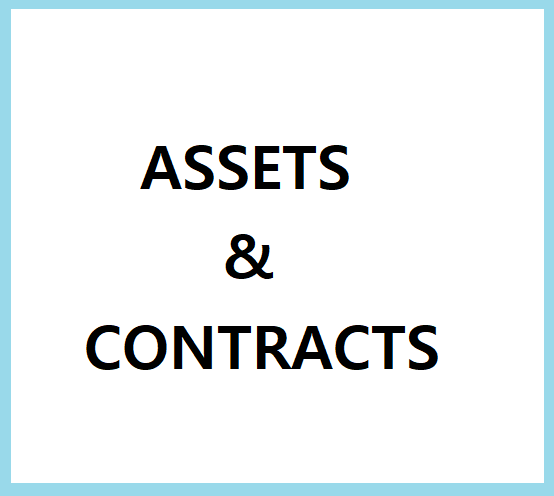Detailed Analysis of Balance Sheet Items

Table of Contents
- What Is a Balance Sheet?
- Definition of the Balance Sheet
- Purpose and Role of the Balance Sheet
- Main Components of the Balance Sheet
- Assets
- Difference Between Current and Non-Current Assets
- Concept of Accumulated Depreciation
- Liabilities
- Classification of Current and Non-Current Liabilities
- Role of Allowance for Doubtful Accounts
- Equity
- Composition of Shareholders’ Equity
- Importance of Retained Earnings
- Assets
- Itemized Analysis of the Balance Sheet
- Assets: Interpretation from Liquidity and Stability Perspectives
- Liabilities: Indicators of Financial Soundness
- Equity: Capital Structure and Stakeholder Interests
- Using the Balance Sheet for Business Analysis
- Financial Ratio Analysis (e.g., Debt Ratio, Return on Equity)
- Evaluating Business Performance and Stability
- Limitations of the Balance Sheet and Supplementary Measures
- Limitations of a Static Report
- Complementary Financial Statements
- Conclusion
- How to Understand and Utilize the Balance Sheet
1. What Is a Balance Sheet?
The Balance Sheet is a financial statement that presents a company’s financial position at a specific point in time. It is composed of assets, liabilities, and equity. As a key part of financial reporting, the balance sheet enables stakeholders (e.g., investors, creditors, management) to understand the company’s financial structure at a glance. Its primary role is to show what the company owns and how those assets were financed.
2. Main Components of the Balance Sheet
Assets
Assets represent all economic resources owned by a company that can generate future economic benefits. They are classified into:
- Current Assets: Assets expected to be converted into cash or used within one year, such as cash, accounts receivable, and inventory.
- Non-Current Assets: Long-term resources used over multiple years, including tangible assets (e.g., buildings, equipment), intangible assets (e.g., patents, trademarks), and investments.
- Accumulated Depreciation: The total amount of depreciation expense allocated to a tangible asset since its acquisition. It adjusts the book value of assets over time.
Liabilities
Liabilities are the company’s obligations arising from borrowed funds or unpaid debts. These are divided into:
- Current Liabilities: Obligations due within one year, including accounts payable and short-term borrowings.
- Non-Current Liabilities: Obligations with a repayment period longer than one year, such as bonds payable and long-term loans.
- Allowance for Doubtful Accounts: An estimate of receivables that are not expected to be collected, recorded as a contra-asset.
Equity
Equity represents the residual interest in the company’s assets after deducting liabilities, indicating the owners’ stake.
- Shareholders’ Equity: Includes capital raised from issuing shares and accumulated profits.
- Retained Earnings: Profits that are reinvested in the business rather than distributed as dividends.
3. Itemized Analysis of the Balance Sheet
Asset Analysis
Assets are crucial in assessing a company’s liquidity and stability. Current assets reflect short-term financial health, while non-current assets indicate long-term growth potential.
Liability Analysis
Liabilities are key indicators of financial soundness. A high debt ratio may suggest higher financial risk, but appropriate levels of leverage can enhance capital efficiency.
Equity Analysis
Equity represents the company’s capital structure and reflects shareholder interests. Strong equity reduces reliance on external financing and increases financial stability.
4. Using the Balance Sheet for Business Analysis
The balance sheet supports various financial ratio analyses. For example:
- Debt Ratio measures the proportion of debt to total assets, assessing financial leverage.
- Return on Equity (ROE) evaluates profitability by comparing net income to shareholders’ equity.
These metrics provide insights into the company’s overall performance and financial health.
5. Limitations of the Balance Sheet and Supplementary Measures
The balance sheet is a static snapshot, reflecting financial status at a single point in time. It does not capture the company’s dynamic performance. To overcome this, it should be analyzed alongside other financial statements such as the income statement and cash flow statement.
6. Conclusion
The balance sheet is a fundamental tool for understanding a company’s financial condition and capital structure. By interpreting each component and their relationships, one can make better decisions in investment, management, and financial planning.
 TechStockTrade
TechStockTrade





